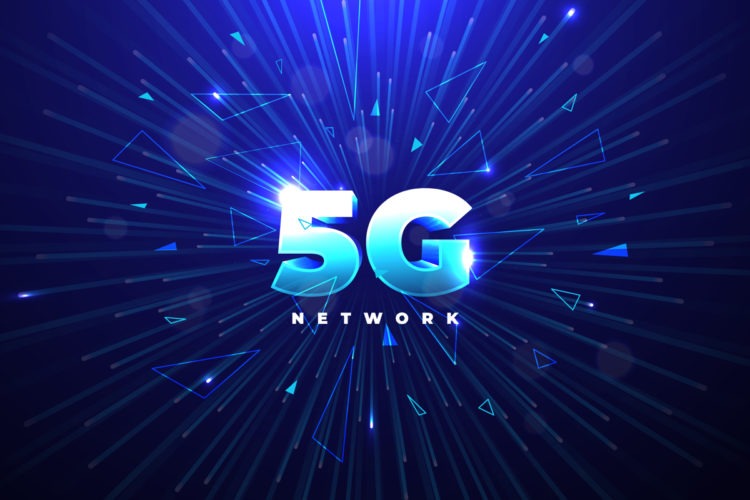The future is finally here, and the impact of 5G and edge computing technologies on global economic recovery will be critical.
While 4G networks is a significant improvement over previous generations, the impact of 5G will potentially change how data is transmitted over the internet, providing faster connections and enabling data-intensive technology such as augmented reality to be widely adopted.
5G networks vary from existing 4G networks in that they use three distinct spectrum bands instead of only one.
The ability to use both the mid-band and high-band spectrums distinguishes the 5G network.
Due to the important role that 5G will play in the future, here are some 5G statistics you should know;
By 2030, 5G adoption will add US$1.3 trillion to global GDP.
By 2030, 5G financial services technologies will add US$85 billion to global GDP.
The global 5G network investment cycle would be longer than the 4G network investment cycle.
There will be roughly 1.9 billion 5G subscriptions worldwide by 2024.
5G speeds are 10 to 100 times faster than 4G speeds.
The cost of installing fiber optic cabling to allow 5G networks is estimated to be between $130 and $150 billion.
Source: Crenov8
Read More on Tech Gist Africa;
Nokia and Safaricom have launched the first commercial 5G services in East Africa in Kenya
Samsung unveils the Galaxy A52, Galaxy A52 5G, and Galaxy A72 smartphones.










